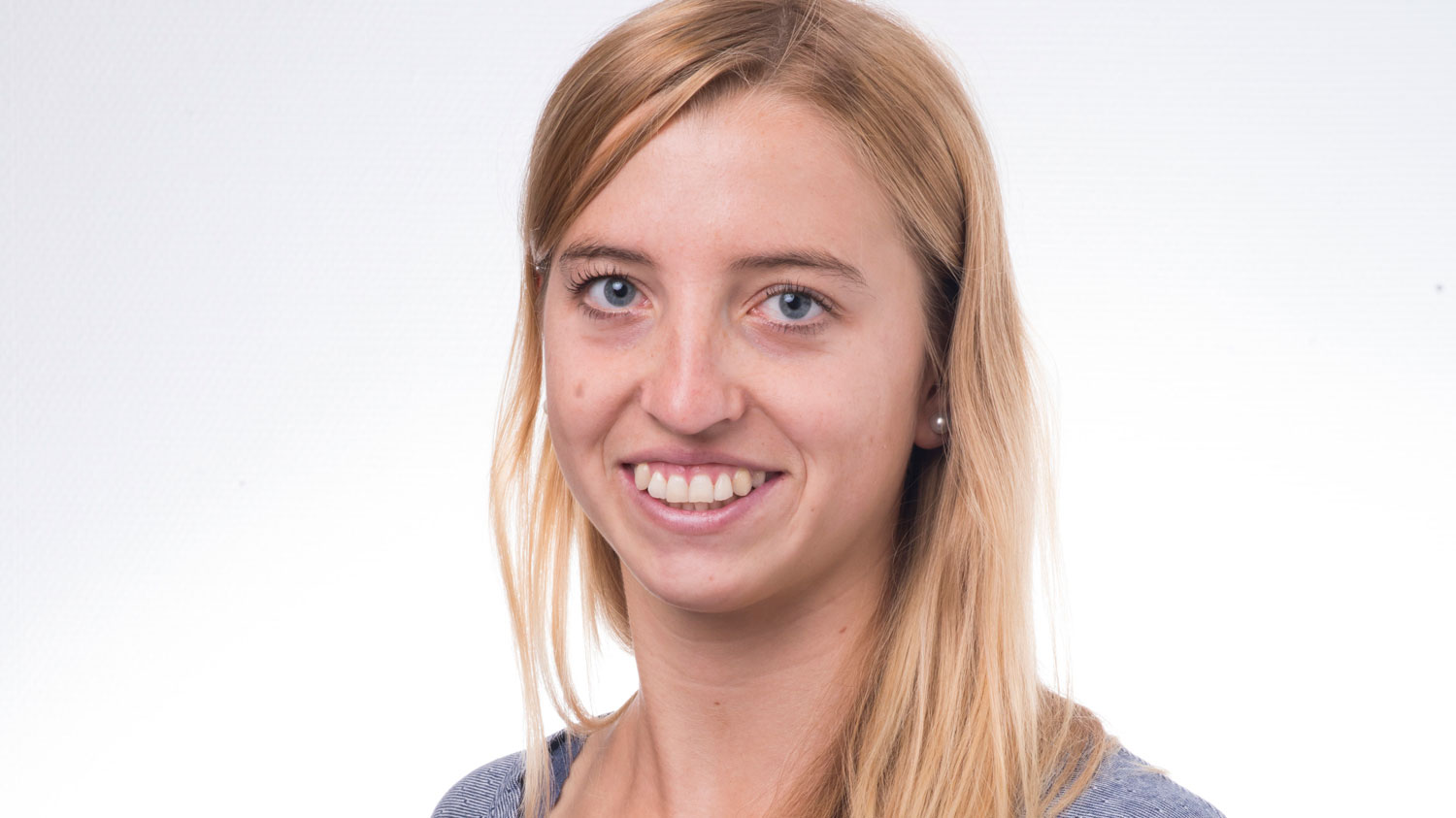You need to think “in slow motion” in order to follow what happens in your muscles when you run. You have contact with the ground for about two tenths of a second, and during that time you will both land and your muscles and tendons will absorb the impact. You will then continue running:
Muscles and tendons tighten. The power exerted is tremendous and things can go wrong.
Spreading the load

“These forces mean that injuries in the Achilles tendon are some of the most common injuries sustained by many athletes, especially runners. Everything has to happen quickly and correctly,” says Amelia Werkhausen.
She is a doctoral research fellow at the NIH (Norwegian School of Sport Sciences) and she has studied how the muscles and tendons in the calves work in tandem and literally make each other stronger.
“The Achilles tendon can store energy. Among other things this enables the calf muscles to work more slowly. It is able to deliver more power because it has more time to do it job,” she explains.
“The tendon spreads the load between the muscles over time. This in turn probably helps to protect the muscles against injury, especially when you have to brake a bit. Well, that’s a slightly simple explanation.”
Tendon bears the brunt
“The elasticity of the tendon provides better working conditions, during both flexion and contraction,” explains Amelia Werkahusen. If contraction - just as you kick off - is able to happen more slowly, the muscle will manage to produce more power.”
For every step taken when running, there are two things which occur simultaneously in the calf muscle and the Achilles tendon:
The calf muscle immediately starts to contract and it continues to do so throughout the kick-off.
So the Achilles tendon needs to dampen the impact. It stretches - and only after a short while will it gradually start to contract, thus enabling the runner to utilise elastic energy as he/she kicks off.
Less risk
The measurements undertaken by Ms Werkhausen show that stretching from the start has the opposite effect in the calf muscles: they initially become shorter before being stretched and spreading the energy.
“We didn’t know this before, and this very mechanism which involves dampening fast movements is probably useful for combatting injuries in the musculoskeletal system,” she says.
Amelia Werkhausen has used ultrasound for studying movements in muscles and tendons. During her work she has studied healthy men and women who subjected their calves to heavy weight-bearing exercises over a period of 10 weeks.
And their tendons changed: on average their Achilles tendons became 16 per cent stiffer.
“However: this does not result in the musculature being more susceptible to injury when landing or stopping."
Diagonal stretching
FACTS: Achilles tendon injuries
- The Achilles tendon is the most powerful tendon in the human body.
- Partial or complete tears are most prevalent in men aged 30-60.
- Men are 10 times more susceptible than women.
- Injuries occur most often in sports involving rapid jumps or changes of direction, although often in situations where little load is exerted.
- Tears usually involve having an operation, especially for active people. Afterwards they will need to wear a brace and engage in a gradual exercise programme.
- Approx. 80 % of athletes continue to pursue their sport. They usually return to full activity after 4-6 months.
“Isn’t that a bit strange? In theory don’t stiffer tendons both increase the risk of injury and reduce the production of power?"
“You would have thought so, but no, they don’t”, she says.
It would appear that different degrees of tendon stiffness are optimal for different sports. We already knew that sprinters have stiffer Achilles tendons when compared to long-distance runners.”
“We are hoping that athletes can take this into account when planning their training. If one could exercise to produce the optimal stiffness for the very sport one is engaged in, this could help to achieve better performance,” she believes. “This could be useful for both elite athletes and anyone who exercises.
Wanted to measure the fibres
She says that they would have to liked to have carried out even more thorough measurements. The same phenomenon has actually been observed in several animals/birds, including turkeys.
Power sensors were implanted in the musculature of these animals/birds.
“It would be effective and tempting to do the same with people,” she says smiling. “But it would probably be hard to find volunteers.”
READ: the Doctoral Thesis
.jpg)